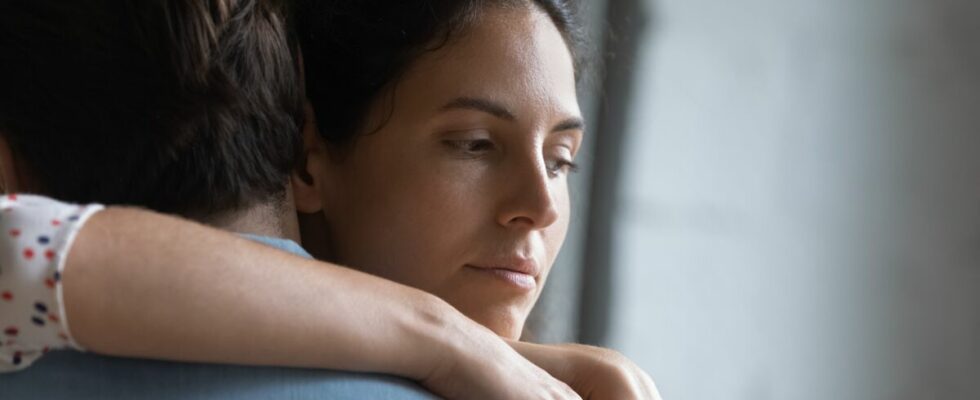In a couple, or a strong human relationship, everyone has their own way of expressing themselves, feeling things and experiencing moments. Everyone also has their own way of getting attached. According to Dr. John Bowiby, there are 4 very distinct ways of defining attachment: secure attachment, avoidant attachment, fearful-avoidant attachment and anxious attachment. The latter is generally experienced by adults suffering from low self-esteem and is characterized by a fear of abandonment and therefore the presence of a lot of conflicts in the couple. Clinical psychologist and therapist, Laetitia Bluteau explains how to react when you suffer from anxious attachment and what are the solutions to preserve your relationship.
Anxious attachment: a pattern present since childhood
To understand where anxious attachment comes from, we must go back to the first years of life and the bonds maintained with parents. “It is a relational mode which is established in a particular context in which the main attachment figure has anxietydifficulty separating from your child and letting him explore“, explains Laetitia Bluteau. Some people have difficulty letting their offspring go, keeping them close to them and using them as a source of comfort. This attachment anxiety is therefore learned by the baby throughout his life.
As we grow up, this attachment will manifest itself in thought patterns. “For example, if my mother is very anxious, I have a little cold and it takes on incredible proportions, I will have anxiety which will be created and this will permeate the way in which I feel the illness“, explains the psychologist. In detail, anxious attachment is characterized by a problem around exploration and dependence: the person concerned has the feeling that they cannot fend for themselves. She becomes dependent on the attention, advice and time that others will give her.
Lies, fears, lack of trust: what are the effects on the couple?
Within the couple, this attachment quickly translates into a doubt in the relationship about the reliability of the other. “The person will not believe what the other tells them, will imagine that he or she is lying to them, that things are happening of which they are unaware“, lists our expert. And some of them can be conflictual or will need to discuss a lot. If having a relationship is not easy, living with anxious attachment further complicates the situation. This anxiety is triggered in an irrational way, but the person’s history reactivates and they will interpret signals as dangerous. “A woman with an anxious attachment who sees her man go on a weekend with friends risks imagining things and making the situation worse, because this will trigger stress in her linked to her own story.“, takes Laetitia Bluteau as an example.
This state of stress is permanent, if not trying. In the long term, it is therefore difficult to live with it. These are people who are terrified that they will be made fun of, that they will be neglected or that they will no longer have value, and this value depends on how others see them. “One of the major difficulties is being hypervigilant in relation to one’s environment and the behavior of one’s partner. We try to read the signs to anticipate danger“, adds the expert.
Anxious attachment: what solutions can you put in place to save your relationship?
Although it can become a poison, anxious attachment is not necessarily inevitable, and even has a cure. According to Laetitia Bluteau, many couples live in this situation and manage to find balance. “It all depends on the intensity: if it is something that causes a lot of suffering and difficulty in communicating, it is important to consult to understand why the couple was formed and to return to the love that each person has for each other.“, indicates the psychologist.
But no change can be initiated without some introspection. It is important to take stock of how we function, to know if we clearly express our needs and to understand where this anxious attachment comes from. Self-observation is important. It is essential to take responsibility for one’s mode of operation and one’s needs: it is indeed not the mission of others to save or treat us. “We are responsible for what we feel and for ensuring that it is expressed clearly and distinctly.“, says Laetitia Bluteau. “Because, in this attachment, the needs were not very well taken into account during childhood, so the mode of communication risks being in the accusation“, she adds. During a conversation with the other person, it might be wise to opt for a different approach, such as: “I don’t want to control you, but with my history, not hearing from you all day puts me under stress“.
In all cases, it is a progressive learning process that requires a certain personal investment and sincere honesty with oneself. However, our expert insists: “We must not dramatize, it’s not an illness or an identityit’s a way we grew up with and a way of protecting ourselves from the adversity that we have internalized“. It is always possible to get rid of it.
